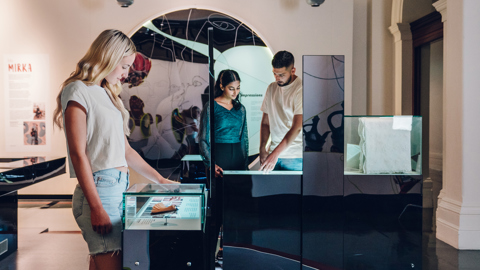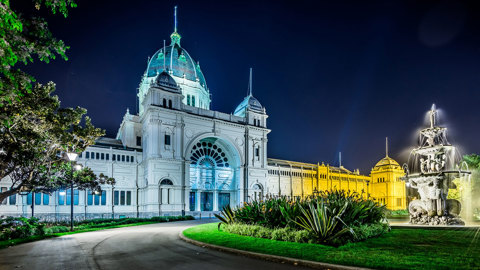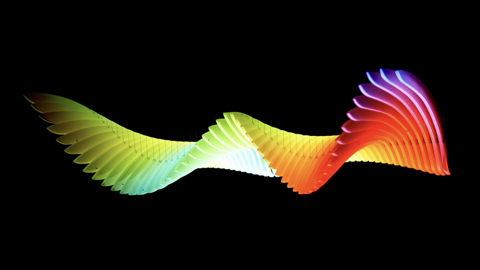Centuries of stars: The history of astronomical visualisation in and out of museum collections
Martin Bush
Abstract
The projection planetarium is a remarkable tool for visualising astronomy. Yet it is only one in a long history of such technologies, including magic lantern slides and the devices of the stage astronomy tradition, such as the Eidouranion. The presences and absences of these technologies within institutional collections show surprising continuities in the history of astronomical communication. The visual turn in history has prompted us to look at these collections in new ways in order to recover these practices in a manner that can illuminate contemporary interests. In this article I reflect upon the centuries-long history of astronomical visualisation and my personal intersections with it as a scholar and science communicator.
DOI
https://doi.org/10.24199/PENE7763
Citation
Bush, M. (2025). Centuries of stars: The history of astronomical visualisation in and out of museum collections. PRISM, 1, 37–47. https://doi.org/10.24199/PENE7763










